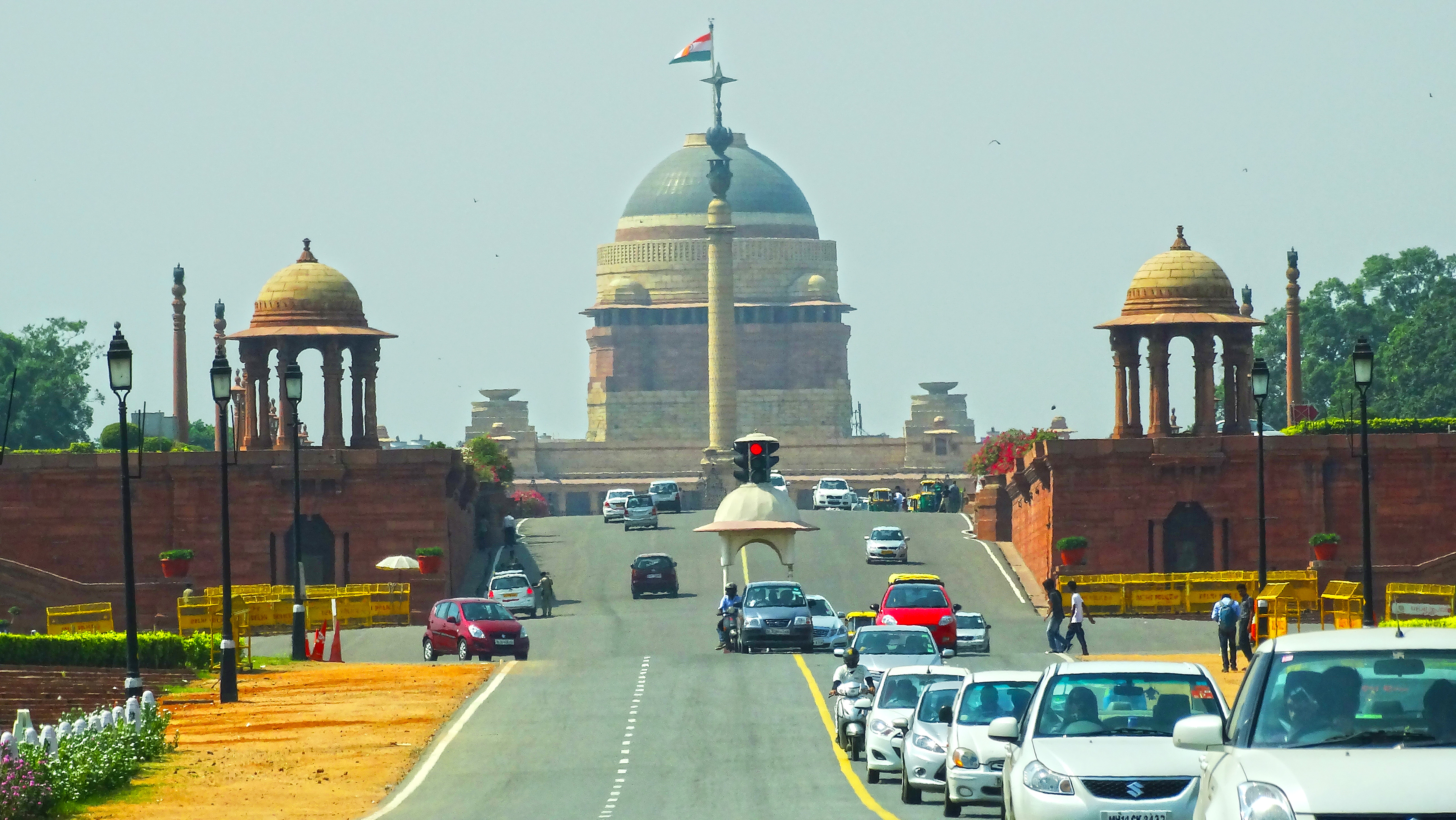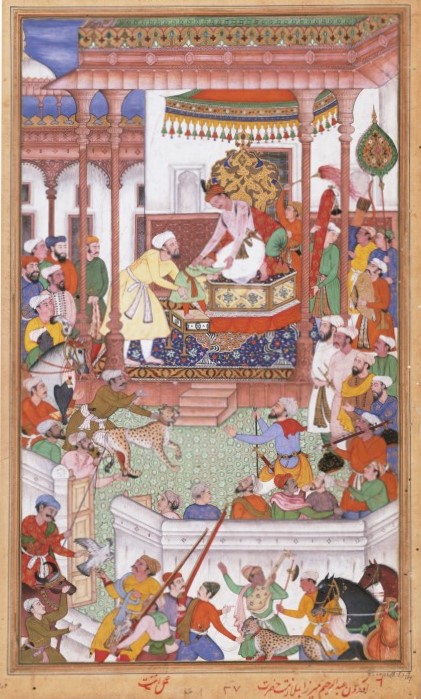Rashtrapati Bhavan, the official residence of the President of India, stands as a monumental symbol of India's journey from colonial rule to independence and its emergence as a democratic republic. Located at the western end of the Kartavya Path in New Delhi, this architectural marvel has witnessed the ebb and flow of India's political landscape for nearly a century, embodying both the grandeur of British imperial architecture and the aspirations of independent India.
The genesis of this magnificent structure dates back to 1911, when King George V announced the relocation of British India's capital from Calcutta to Delhi. This momentous decision initiated the ambitious New Delhi project, with the Viceroy's House, as Rashtrapati Bhavan was then known, intended to be its crowning achievement. The renowned British architect Edwin Lutyens was commissioned to design this grand edifice, working in collaboration with Herbert Baker on the overall plan of New Delhi. Lutyens' vision was to create a structure that would harmoniously blend European Classical architecture with Indian architectural elements, resulting in a unique synthesis that would symbolize the might of the British Empire while acknowledging India's rich architectural heritage.
The construction of this massive undertaking began in 1912 and took seventeen years to complete, finally concluding in 1929. The building's design represents a masterful fusion of architectural styles, incorporating elements from various traditions into what became known as the Indo-Saracenic style. The most striking feature is the central dome, rising to an impressive height of 340 feet, drawing inspiration from the ancient Buddhist Great Stupa at Sanchi. The building's exterior showcases a thoughtful use of local sandstone in two distinct colors - cream and red - paying homage to traditional Mughal architecture and creating a visual connection with Delhi's historic Red Fort.
The interior of Rashtrapati Bhavan is equally impressive, featuring 340 rooms spread across four floors and covering a vast floor area of 200,000 square feet. The Durbar Hall, renamed Ganatantra Mandap after independence, stands as one of the building's most significant spaces. Its 33-meter high ceiling creates an atmosphere of grandeur befitting its role as a venue for state functions and ceremonies. The Ashok Hall, formerly a ballroom and now known as Ashok Mandap, exemplifies the building's architectural synthesis, featuring elaborate decorations that combine Indian and Western artistic traditions. Each room within the building tells its own story, from the State Dining Room with its capacity to seat 104 guests to the magnificent presidential study and private apartments.
The transformation of this grand edifice from Viceroy's House to Rashtrapati Bhavan mirrors India's journey to independence. In 1947, as British rule came to an end, Lord Mountbatten, the last Viceroy, handed over the keys of the building to Indian leaders. C. Rajagopalachari became its first Indian resident as Governor-General, but it was the appointment of Dr. Rajendra Prasad as the first President of the Republic of India in 1950 that marked the building's true transformation into Rashtrapati Bhavan. This transition symbolized more than just a change of occupancy - it represented the transfer of power from colonial rulers to the elected representatives of independent India.
The cultural significance of Rashtrapati Bhavan extends far beyond its political function. The Amrit Udyan (formerly known as Mughal Gardens) spans 15 acres and represents a harmonious blend of Mughal, Persian, and English garden styles. These meticulously maintained gardens feature a variety of seasonal flowers, ancient trees, and elegant water features, opening to the public during specific periods and drawing thousands of visitors. The changing of the guard ceremony, performed in the forecourt, continues to be a spectacular display of precision and pageantry, offering visitors a glimpse into the ceremonial aspects of the Indian presidency.
In recent decades, Rashtrapati Bhavan has undergone significant adaptations to meet contemporary needs while preserving its historical essence. Modern amenities and sustainable technologies have been integrated thoughtfully into the structure, including solar panels and rainwater harvesting systems. The establishment of a museum within the premises has made the building's rich history more accessible to the public, offering insights into both the architectural marvel and its role in India's democratic journey. Conservation efforts have focused on maintaining the delicate balance between preserving the building's heritage character and adapting it for modern use.
Today, Rashtrapati Bhavan continues to serve as both a living institution and a symbol of India's democratic values. It hosts numerous state functions, diplomatic receptions, and official ceremonies throughout the year. The building's architecture, gardens, and ceremonies continue to captivate visitors, while its role as the residence of India's head of state ensures its ongoing significance in the nation's political life. As India moves forward in the 21st century, Rashtrapati Bhavan stands as a testament to the country's rich historical legacy and its commitment to democratic principles, bridging the past and present while looking toward the future.








